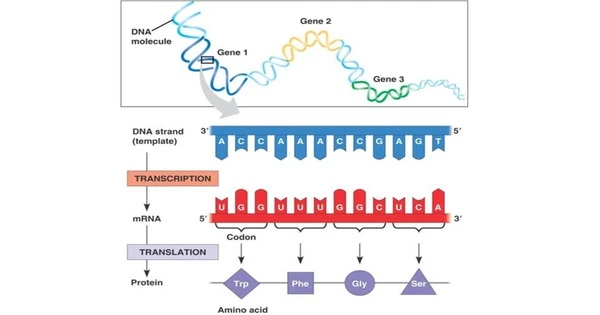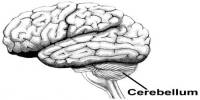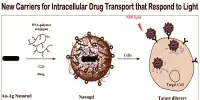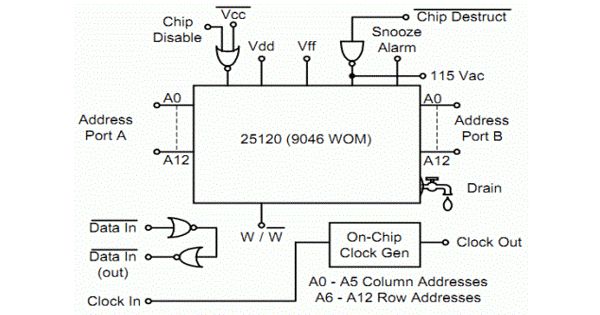Protein production is the biotechnological process of creating a specific protein. It refers to the process by which cells produce proteins. Proteins are vital molecules in living organisms, serving as enzymes that catalyze chemical reactions, structural components, signaling molecules, and more. It is often accomplished by manipulating gene expression in an organism so that it expresses a significant amount of a recombinant gene.
It is also known as expression systems) and is utilized in the life sciences, biotechnology, and medicine. This comprises the transcription of recombinant DNA to messenger RNA (mRNA), and the translation of mRNA into polypeptide chains, which are then folded into functional proteins and may be targeted to specific subcellular or extracellular regions.
Protein production occurs through a series of steps, which can be summarized as follows:
- Transcription: The initial stage in protein creation is transcription, which involves copying a section of DNA into a molecule known as messenger RNA (mRNA). This occurs in the cell nucleus and is catalyzed by an enzyme known as RNA polymerase. The resultant mRNA molecule transports the genetic instructions from the DNA to the cytoplasmic ribosomes.
- mRNA Processing: Before it can leave the nucleus and be used for protein synthesis, mRNA is modified in several ways, including the removal of introns (non-coding sections) and the addition of a 5′ cap and a 3′ poly-A tail. These changes help to stabilize the mRNA and make it easier to translate.
- Translation: Translation is the process by which the genetic code carried by mRNA is used to build a protein. It takes place on ribosomes in the cytoplasm. During translation, transfer RNA (tRNA) molecules bring amino acids to the ribosome, where they are assembled into a growing polypeptide chain based on the codons (three nucleotide sequences) on the mRNA. This process requires energy and is facilitated by ribosomal RNA (rRNA).
- Post-Translational Modifications: Once the protein is synthesized, it often undergoes post-translational modifications. These modifications can include folding into a specific three-dimensional structure, adding chemical groups, and cleaving specific segments to activate or deactivate the protein.
- Protein Transport: Proteins may need to be transported to specific cellular locations. This can involve transport within the cell or export from the cell to perform functions elsewhere in the organism.
Application
Many proteins and enzymes from expression systems are used in molecular biology research, particularly DNA polymerase for PCR, reverse transcriptase for RNA analysis, restriction endonucleases for cloning, and proteins that are screened in drug discovery as biological targets or as potential drugs themselves. Expression systems also have important applications in industrial fermentation, most notably in the production of biopharmaceuticals like human insulin to treat diabetes and the manufacturing of enzymes.
Protein synthesis is a tightly controlled and necessary process for all living creatures. The DNA sequence determines the exact sequence of amino acids in a protein, which is crucial for its function. Protein synthesis mistakes or mutations can result in a variety of illnesses and cellular dysfunctions.
















